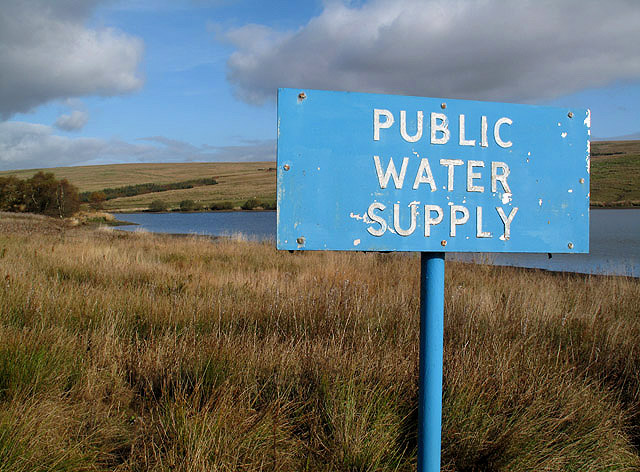Water is fundamental to life, but it is not always bountiful. Many communities around the country already face water scarcity issues, whether such scarcity is due to a history of shortages, a present crisis, or growing concerns over the longevity of supplies. Accommodating population growth, and realizing the benefits from new development, only adds to the challenge in water-stressed areas.
A few communities have been pioneers in “water-neutral growth” by requiring new developments to offset their projected water usage through water-efficient retrofits of existing structures. In effect, the developments make room in the community’s limited supply for their new water needs, keeping the total water demand relatively static. When the alternative is a moratorium on development, this approach has created opportunities for growth.
 |
Building on these examples, the Alliance for Water Efficiency, River Network, and ELI have developed the Net Blue Ordinance Toolkit to aid interested communities in tailoring a similar water sustainability program to best match their respective water supply situations, governance structures, legal frameworks, conservation opportunities, and environmental conditions. The toolkit consists of a model ordinance worksheet and user guide, three example ordinances, an offset methodology workbook and user guide, three examples of offset calculations, a fact sheet about Net Blue, and answers to frequently asked questions.
The Net Blue model ordinance is a dynamic worksheet, rather than a “one-size-fits-all” document, due to the variety of circumstances that occur in a county, municipality, or utility, and the diversity of legal constraints and authorities that can dictate the form of a water offset ordinance. The worksheet leads a user through the sections of the ordinance, and flags the decisions that need to be made by the user in order to develop a final product that addresses the specific challenges and circumstances of the locality. While using language and providing options from existing water offset ordinances, the worksheet expands on the concept. Most notably, it accommodates communities interested in easing into this approach, likely ones with anticipated but not immediate water scarcity issues, by offering the option for the ordinance to be incentive-based, rather than mandated, and for the water offset expectation to be less than the full projected water usage of the development.
Another tool, the offset methodology workbook, helps a user evaluate and select strategies to meet water offset requirements or incentive-based expectations of an ordinance. It provides a user-friendly structure for calculating offsets from off-site water conservation retrofits, rainwater harvesting, and stormwater capture. The workbook can be useful to planning and zoning staff, builder and developer applicants, lawyers, water utility staff, and others in the community.
The Net Blue Ordinance Toolkit as a whole should be a valuable resource to a diverse array of groups, from officials to advocates, and from stakeholders to interested citizens, to prompt and sustain informed discussion. It was created with the input of a Project Advisory Committee composed of experts in water resources, water law, and planning and zoning. Partner communities across the country, including Acton, Massachusetts; San Francisco, California; Albuquerque, New Mexico; Austin, Texas; Cobb County, Georgia; Madison, Wisconsin; and Bozeman, Montana, provided input to ensure adaptability in a variety of legal, political, and physical circumstances.
The Net Blue Ordinance Toolkit and additional resources can be accessed at www.net-blue.org.
